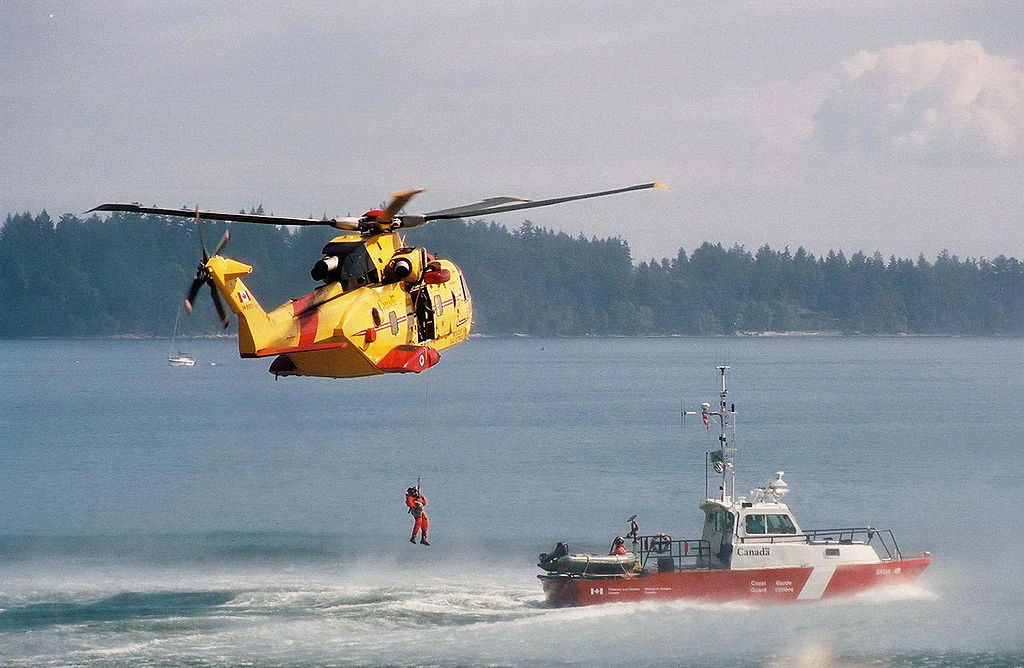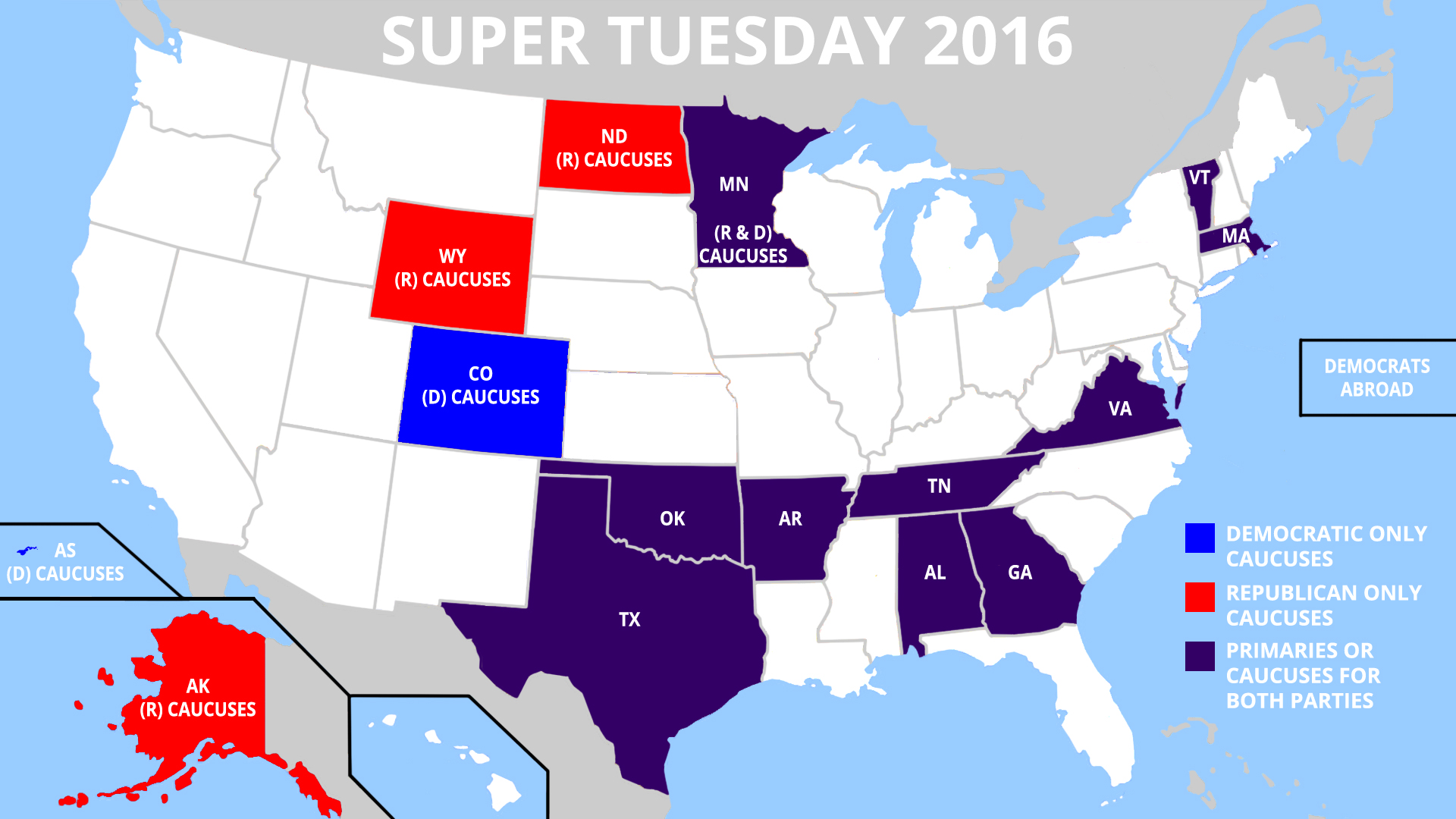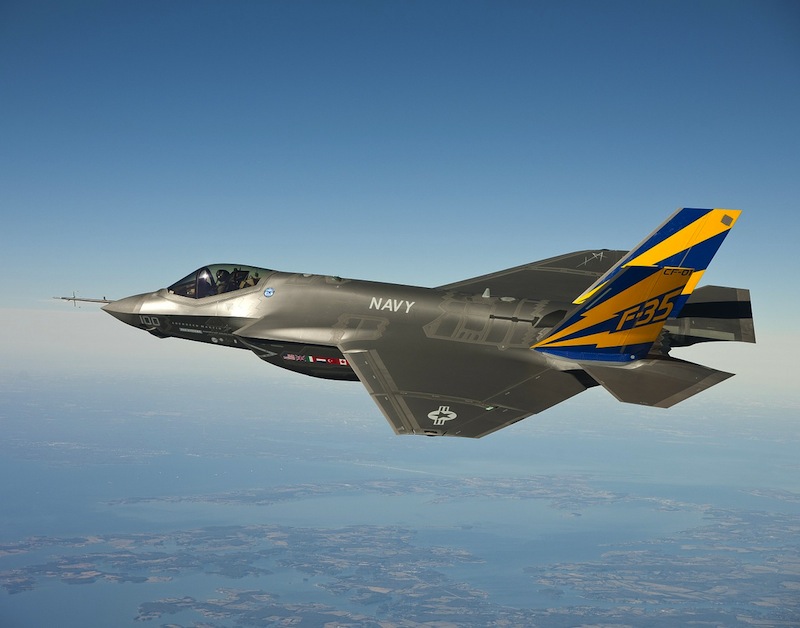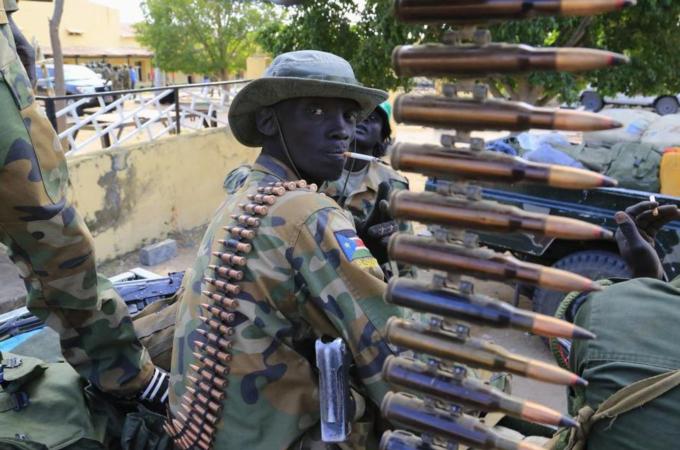In Canada’s Search and Rescue (SAR) system, the Royal Canadian Air Force’s (RCAF) specialized fleet of helicopters has a very special role. In situations in the Arctic, where those in distress are often inaccessible by ship or land, SAR helicopters are truly irreplaceable. Yet, despite their immense contributions to public safety, Canada’s SAR helicopters are frequently overstretched and face a number of serious challenges.

The RCAF has a variety of assets that can be assigned to SAR missions when required, however, it currently operates only two types of helicopters dedicated to SAR missions. The CH-146 Griffon is a utility helicopter produced for the Canadian Forces by Bell Helicopters and based on the civilian Bell 412. The RCAF uses the CH-146 in a variety of roles, ranging from aerial firepower support to use as a tactical utility transport. The SAR version of the CH-146 Griffon is currently the helicopter used by 424 Transport and Rescue Squadron (part of 8 Wing at Canadian Forces Base Trenton), which is responsible for responding to incidents in Central Canada and parts of the Arctic.
The RCAF also operates the CH-149 Cormorant, a medium utility helicopter manufactured by the Anglo-Italian aviation company AgustaWestland and based on its AW101 model. On the Pacific Coast, the Cormorant is currently operated by 442 Transport and Rescue Squadron, part of 19 Wing in Comox, British Columbia. In the Maritimes, Cormorant SAR helicopters are used by 9 Wing in Gander, Newfoundland and 413 Transport and Rescue Squadron, part of 14 Wing in Greenwood, Nova Scotia.
Unfortunately, Canada’s SAR helicopter fleet has been facing a number of major problems in recent years. Over the past decade, the CH-149 Cormorant’s efficiency has been hindered by spare part shortages. In late 2007, the Vancouver Sun reported that four of the five Cormorant helicopters at CFB Comox were unable to fly because of maintenance difficulties and a lack of spare parts. More recently, the Department of National Defence has been investigating ways to obtain a new supply of spare parts for the Cormorant fleet. In early July the Canadian Press described the Canadian Government’s purchase of VH-71 helicopters from the United States Military. The Canadian Forces hopes that acquiring the new helicopters will provide quality parts and save “taxpayers $24-million over the long-term when compared with having to buy the parts on the open market.”
Reflecting the chronically overstretched nature of Canada’s SAR fleet, the Federal Government considered acquiring the American helicopters and adding them to the existing SAR helicopter fleet. However, due to technical problems it is not currently clear whether that plan be will proceed.
Unlike fixed-wing SAR aircraft, specialized helicopters not only have the ability to deploy SAR technicians, but also extract lost or injured people and transport them to safety. In many situations, helicopter rescue crews can access remote areas that vehicles or ships cannot. Rescue helicopters are especially important in Canada, where long distances between inhabited communities can delay rescue by emergency responders on the ground. Furthermore, heavy waves, bad weather and sea ice can create considerable challenges for Canadian Coast Guard vessels and other ships attempting rescues at sea or in coastal regions. However, Canada’s SAR helicopter fleet has a much shorter range than the Canadian Forces fixed-wing aircraft. As a result, SAR helicopters from bases in southern Canada often have to fly risky, multi-stage trips to reach incidents in the Arctic.
The immense challenges faced by Canada’s SAR helicopter fleet were tragically highlighted by the 2011 death of SAR technician Janick Gilbert. In late October, Gilbert and two other SAR technicians parachuted (from a C-130 Hercules) onto ice flows near Baffin Island in response to a distress call from two stranded hunters. Inaccessible either from land or by boat, the SAR technicians and two hunters were forced to wait for a Cormorant helicopter from Gander, Newfoundland – a trip that took over 13 hours and involved three fuel stops. At some point while waiting for the helicopter, Janick Gilbert ended up dying in the icy waters off Baffin Island.
It would be inappropriate to say that any one factor is totally responsible for his death. But the whole situation highlights the geographic and logistical difficulties the Canadian Forces’ SAR units face when operating in the Arctic. As one Arctic expert commented, the current priorities are the result of the Canadian Government being “located far away from the Arctic, both geographically and consciously”.




